Preservation rhinoplasty is a groundbreaking technique in nasal surgery that departs from traditional approaches by prioritizing the preservation of natural nasal structures. Unlike conventional, structural rhinoplasty methods that involve extensive dissection of normal anatomy and tissue removal, preservation rhinoplasty aims to enhance the nose’s appearance with minimal alterations to the complex dorsal bone and cartilage. Preservation rhinoplasty often results in less swelling and bruising and a faster recovery. In this article, we delve into the nuances of preservation rhinoplasty.
Preservation Rhinoplasty: A Natural Approach
Preservation rhinoplasty stands out for its nuanced approach to nasal reshaping. Instead of relying on drastic alterations to normal anatomy, this technique emphasizes preserving the delicate nasal tissues, including cartilage and bone where possible. By retaining the natural outer structures of the nose, surgeons can achieve aesthetically pleasing results that harmonize with the facial features.
It requires advanced surgical techniques whereby the surgeon alters the shape of the nose by strategically removing small amounts of bone and cartilage from underneath the nose bridge. By doing so, expert preservation rhinoplasty surgeons can still dramatically reduce the height of the nasal dorsum – or nose bridge – without altering the patient’s dorsal lines.
The Four Types of Dorsal Preservation
Preservation rhinoplasty includes various techniques that exist across a spectrum and minimize disruption of the native cartilaginous and soft tissue nasal architecture. Here, we explore four types of dorsal preservation, which are selected based on the patient’s unique anatomy.
Type 1: Bony Cap Removed and Dorsum Shaved Without Opening Middle Vault Mucosa
This technique involves removing the bony cap without disrupting the middle vault mucosa. Surgeons carefully shave down the dorsum, sculpting it to the desired shape while preserving the underlying cartilage. This is a relatively straightforward procedure for those requiring minimal alteration.
Type 2: Bony Cap Removed or Preserved, Cartilage-Only Pushdown
In this technique, surgeons can either remove or preserve the bony cap. The focus lies on pushing down the cartilage and redistributing nasal height without significant bony alteration. This allows for subtle refinement of the nasal profile while maintaining structural integrity.
Type 3: High Septal Strip Osteocartilaginous Pushdown/Letdown
This involves addressing dorsal irregularities by pushing down or letting down both the bone and cartilage. The cartilage is addressed with a high septal strip and the bone with fine cuts. Surgeons meticulously reposition the septal cartilage to achieve a smoother nasal contour, particularly in cases where the nasal bridge requires more substantial correction. This approach often significantly improves breathing in cases of nasal obstruction involving the internal valve.
Type 4: Low Septal Strip Osteocartilaginous Pushdown/Letdown
The most complex of the four types, Type 4 preservation addresses dorsal irregularities by removing a low septal strip and creating a swinging septal flap which needs to be reconnected to the bone of the nasal floor alongside fine cuts in the nasal bone. Surgeons delicately adjust the position of the septal cartilage to refine the nasal profile, ensuring optimal aesthetic and functional outcomes.

Pushdown vs. Letdown Techniques
The terms “pushdown” and “letdown” refer to two distinct approaches for addressing bone and dorsal irregularities. These techniques involve manipulating the septal cartilage and nasal bones to achieve desired nasal contouring while preserving natural anatomy.
Pushdown Techniques
Pushdown involves making fine cuts in the nasal bone and septal cartilage, followed by downward pressure to reduce dorsal height or correct humps. By redistributing the bone and cartilage position, surgeons can achieve a smoother nasal profile without the need for extensive tissue removal.
Letdown Techniques
Letdown techniques entail removing a wedge of nasal bone while releasing tension within the septal cartilage, allowing the bone and cartilage complex it to settle naturally into a lower position. This approach is particularly useful in cases where the dorsal irregularity is caused by tension within the nasal framework.
Natural Results with Preservation Rhinoplasty
Preservation rhinoplasty delivers natural-looking results. By preserving the complex native dorsal anatomy of the nose, surgeons can avoid the “overdone” appearance often associated with traditional rhinoplasty. This approach ensures that the final outcome complements the patient’s facial features, enhancing their appearance while maintaining their unique nasal characteristics.
Preservation Rhinoplasty vs. Other Techniques
Preservation Rhinoplasty & Primary Rhinoplasty
The term “primary” refers to the individual’s first rhinoplasty, which can be performed using traditional, structural techniques or as preservation rhinoplasty. While traditional rhinoplasty focuses on altering the nasal structures to achieve the desired aesthetic outcome, preservation rhinoplasty prioritizes the conservation of natural nasal tissues. Traditional rhinoplasty often involves significant tissue removal and structural modification, while preservation rhinoplasty aims to achieve natural-looking results with minimal disruption to normal nasal anatomy.
Preservation Rhinoplasty & Revision Rhinoplasty
Revision rhinoplasty is performed to correct unsatisfactory results from a previous rhinoplasty procedure. Preservation rhinoplasty may not always be an option in revision cases, depending on the approach taken in primary rhinoplasty and the current issues that need to be addressed.
Preservation Rhinoplasty & Functional Rhinoplasty
Functional rhinoplasty aims to improve nasal airflow and address breathing difficulties caused by structural abnormalities such as a deviated septum or nasal valve collapse. Preservation rhinoplasty is often an excellent option for functional concerns as it prioritizes maintaining nasal function alongside aesthetic enhancement. Removing a septal strip has the effect of opening the internal valve of the nose and a low septal strip is a powerful way to address septal deviation. By preserving the natural support structures of the nose, preservation rhinoplasty can effectively address functional issues while achieving cosmetic goals.
Minimal Downtime and Faster Recovery
Patients undergoing preservation rhinoplasty can expect a smoother recovery compared to traditional rhinoplasty. With reduced tissue trauma and minimal disruption to the nasal structures, postoperative swelling, bruising, and discomfort are often minimized. As a result, patients can return to their normal activities more quickly, experiencing less downtime overall.
Lower Risk of Complications
The conservative nature of preservation rhinoplasty contributes to a lower risk of complications compared to traditional techniques. By avoiding excessive tissue removal and structural alteration, surgeons can minimize the risk of complications such as nasal collapse or breathing difficulties. This focus on precision enhances the overall patient experience.
Preservation rhinoplasty offers patients a conservative yet effective approach to nasal enhancement with natural-looking results. By preserving the natural structures of the nose, this technique provides long-term stability and satisfaction for patients seeking nasal refinement. If you’re considering rhinoplasty, please schedule your consultation with Dr. Z, our plastic surgeon with specialized training in preservation rhinoplasty techniques.




